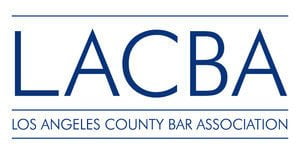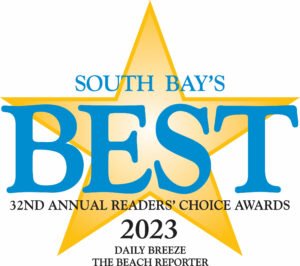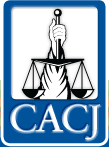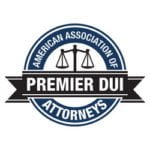A two-door car with a needlessly large V8 engine and the tire smoke that goes with it is as American as hot dogs and apple pie. But police and prosecutors often take a different view.
 vehicular exhibition of speed – torrance traffic defense attorney
vehicular exhibition of speed – torrance traffic defense attorney
Drivers openly displaying the performance of their vehicles by indulging in rapid acceleration and squealing tires may find themselves cited for a violation of 23109(c), vehicular exhibition of speed. An offense under this statute can be charged as either an infraction or a misdemeanor.
A vehicular exhibition of speed on a public road — or aiding someone else in such an exhibition — is illegal according to California Vehicle Code section 23109(c).
A common example of a vehicular exhibition of speed (sometimes referred to as “speed-ex” by police and prosecutors) is rapid acceleration accompanied by skid marks and screeching tires – aka “peeling out” or a “burn out”.
With a high-performance car packing 400 to 600 horsepower or more under the hood, the urge to press the accelerator pedal a little too hard is a temptation that many drivers just can’t resist. Someone who has spent $35,000+ on a car painted Inferno Orange, Race Red, or Sublime Green tends to enjoy getting attention when they are behind the wheel.
Elements of the crime
In order for the prosecution to obtain a successful conviction for a vehicular exhibition of speed, all of the following elements must be proven:
- The defendant was driving a motor vehicle on a highway or other public road.
- The defendant was speeding and/or accelerating in an unsafe and dangerous manner.
- The defendant had the goal of impressing someone else or simply showing off.
This statute includes any passenger car, truck, commercial vehicle, or motorcycle operated on public streets, but not on private property.
It is worth noting that speeding is not a required element of this offense; fast acceleration is sufficient. Further, the prosecutor need not prove that the defendant was attempting to show off to any particular person, but was just doing so in general.
Criminal penalties for vehicular exhibition of speed
According to 23109(c) VC, speed-ex can be charged as either an infraction or misdemeanor. Whereas an infraction is punishable only by a fine of up to $250, a misdemeanor conviction is punishable by any or all of the following:
- Up to 90 days in county jail.
- A fine not to exceed $500.
- Probation.
- Vehicle impoundment for up to 30 days.
There are certain circumstances in which an impounded vehicle may be released before the 30-day period:
- The vehicle was stolen (which would likely subject the defendant to additional charges).
- The defendant was not authorized by the vehicle’s owner to operate the vehicle.
- The vehicle’s owner was neither a driver nor a passenger in the vehicle at the time of the unlawful exhibition of speed, OR was unaware that the defendant was using his/her vehicle for such purposes.
- The vehicle was a rental.
- The prosecutor declines to file charges, or the charges are dismissed.
Plea bargaining to vehicular exhibition of speed
23109(c) VC is a commonly used charge in DUI/DWI plea bargains. Penalties for speed-ex are not as severe, and a conviction under this statute does not result in mandatory suspension of a driver’s license.
Prosecutors are more likely to offer a speed-ex plea bargain in DWI/DUI cases if there is a problem with the case and/or its evidence. Further, the prosecutor will examine the totality of the circumstances, the defendant’s prior criminal history if any, the arresting officer’s credibility, and the blood chemical tests prior to offering this option to a defendant.
Legal defenses
Only an attorney can provide appropriate legal advice to someone charged with a crime. There are a few potential defenses to a 23109(c) charge. These include:
- Lack of willful intent, such as in cases where the driver had a medical condition that caused him/her to accelerate, or if the driver was in an emergency situation or feared for their safety.
- Insufficient evidence.
- Police misconduct.









